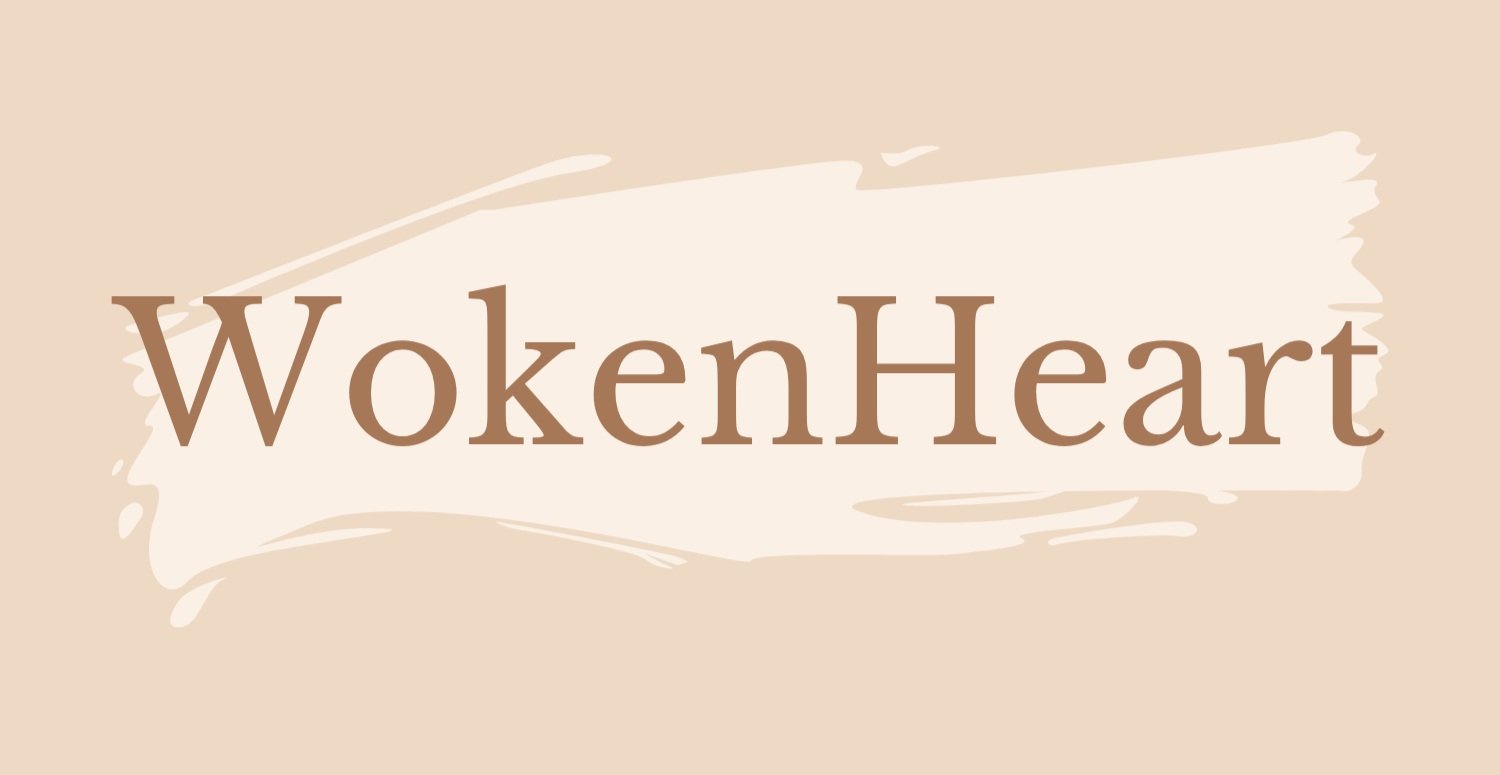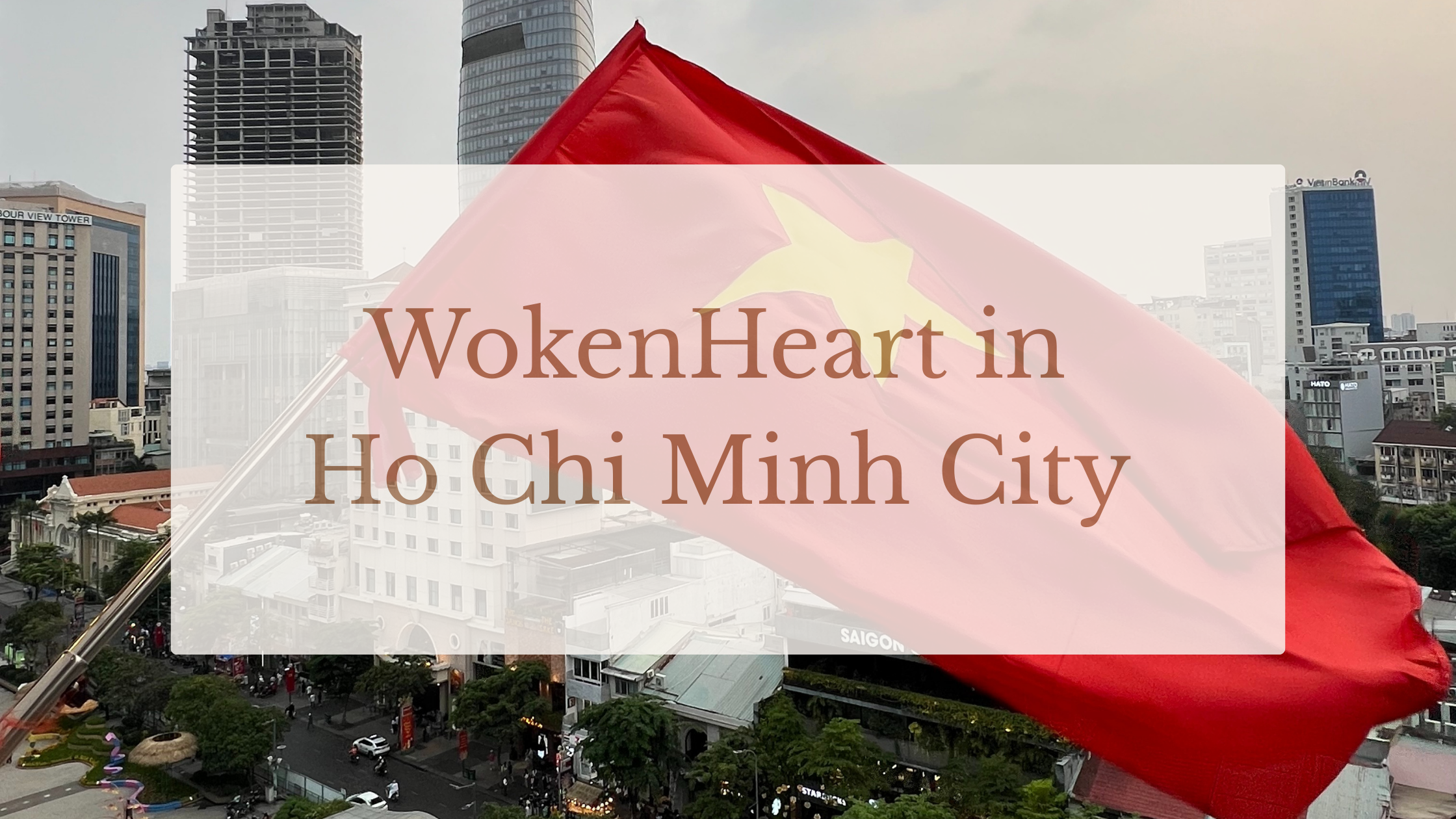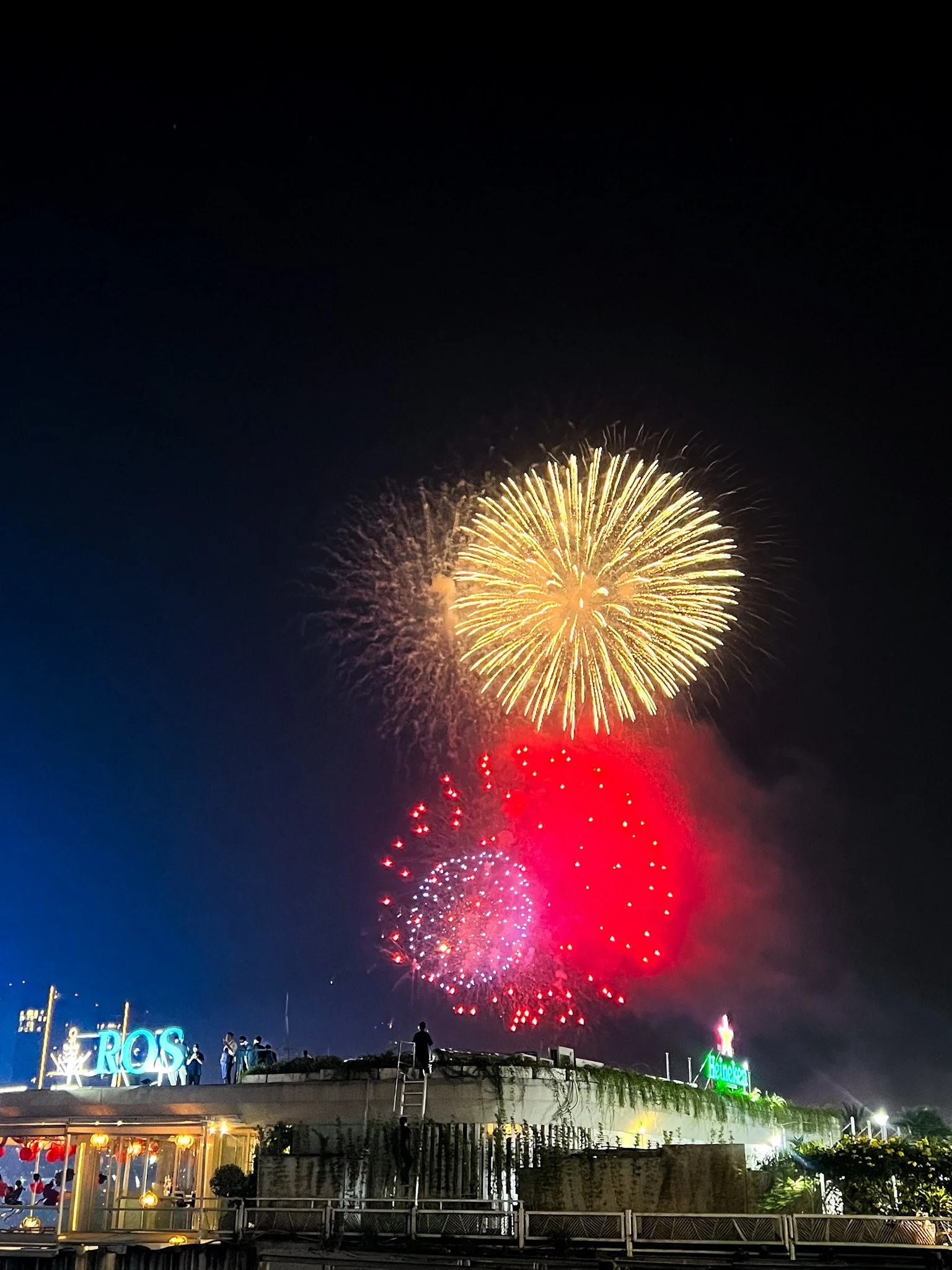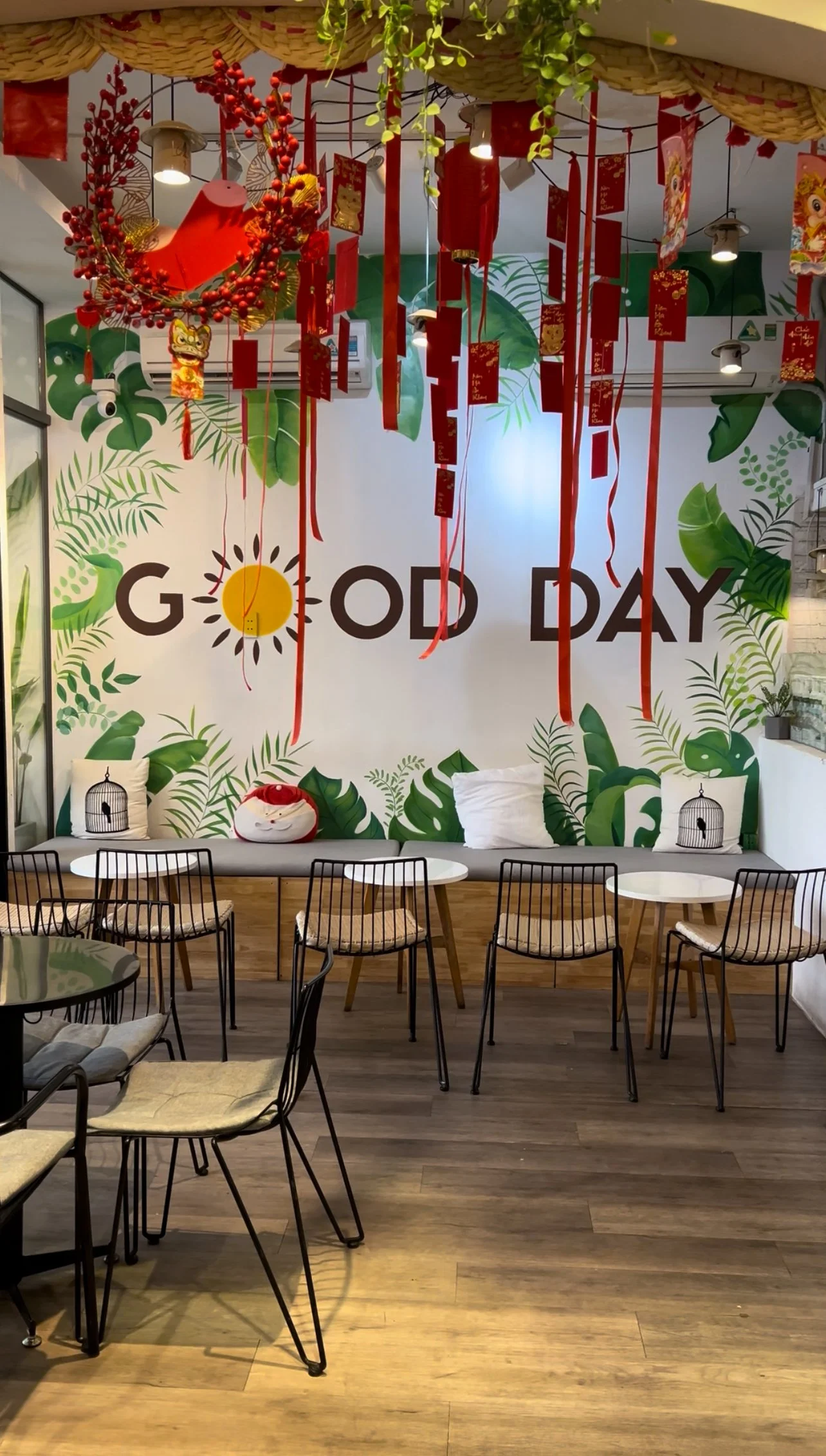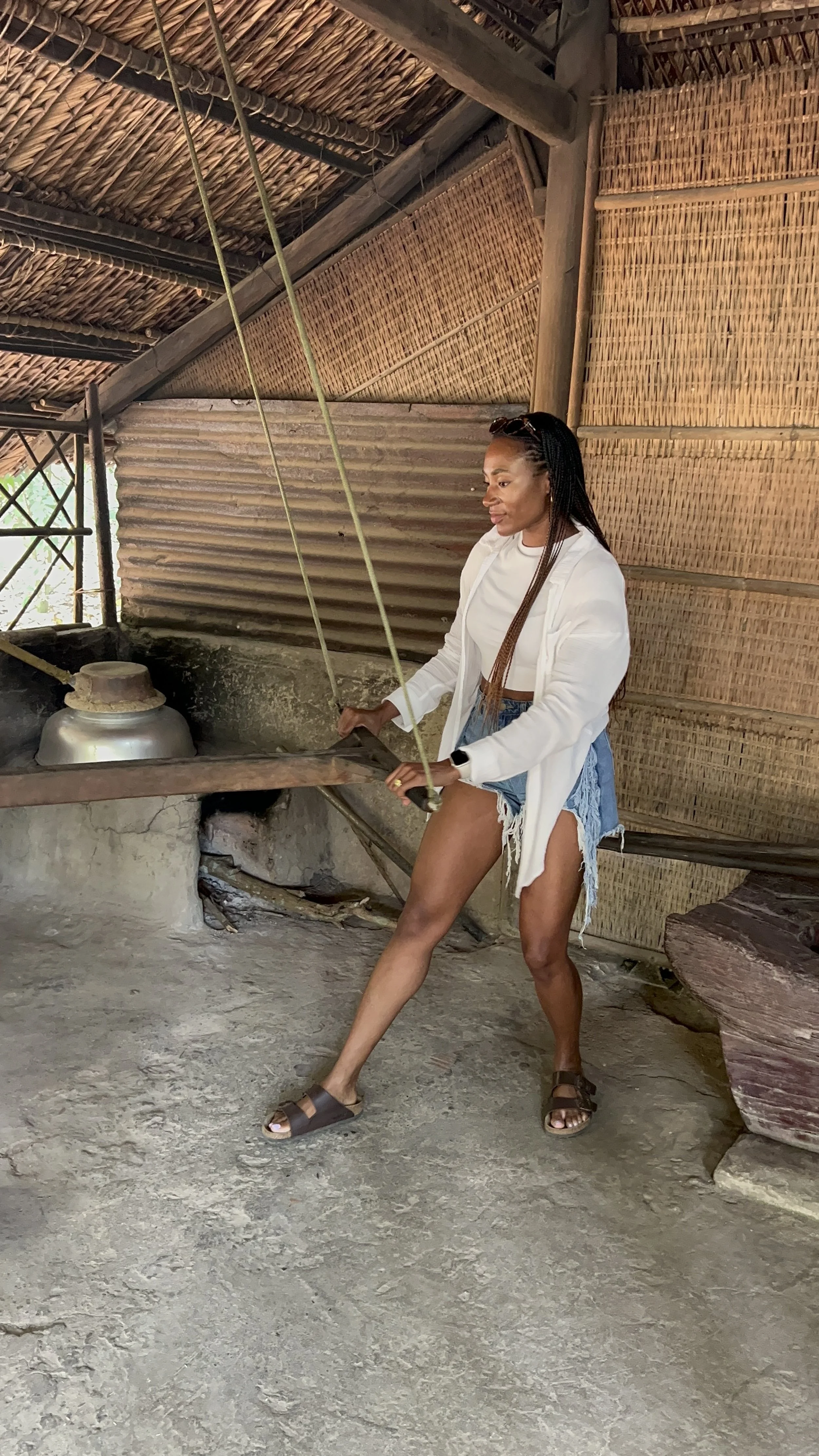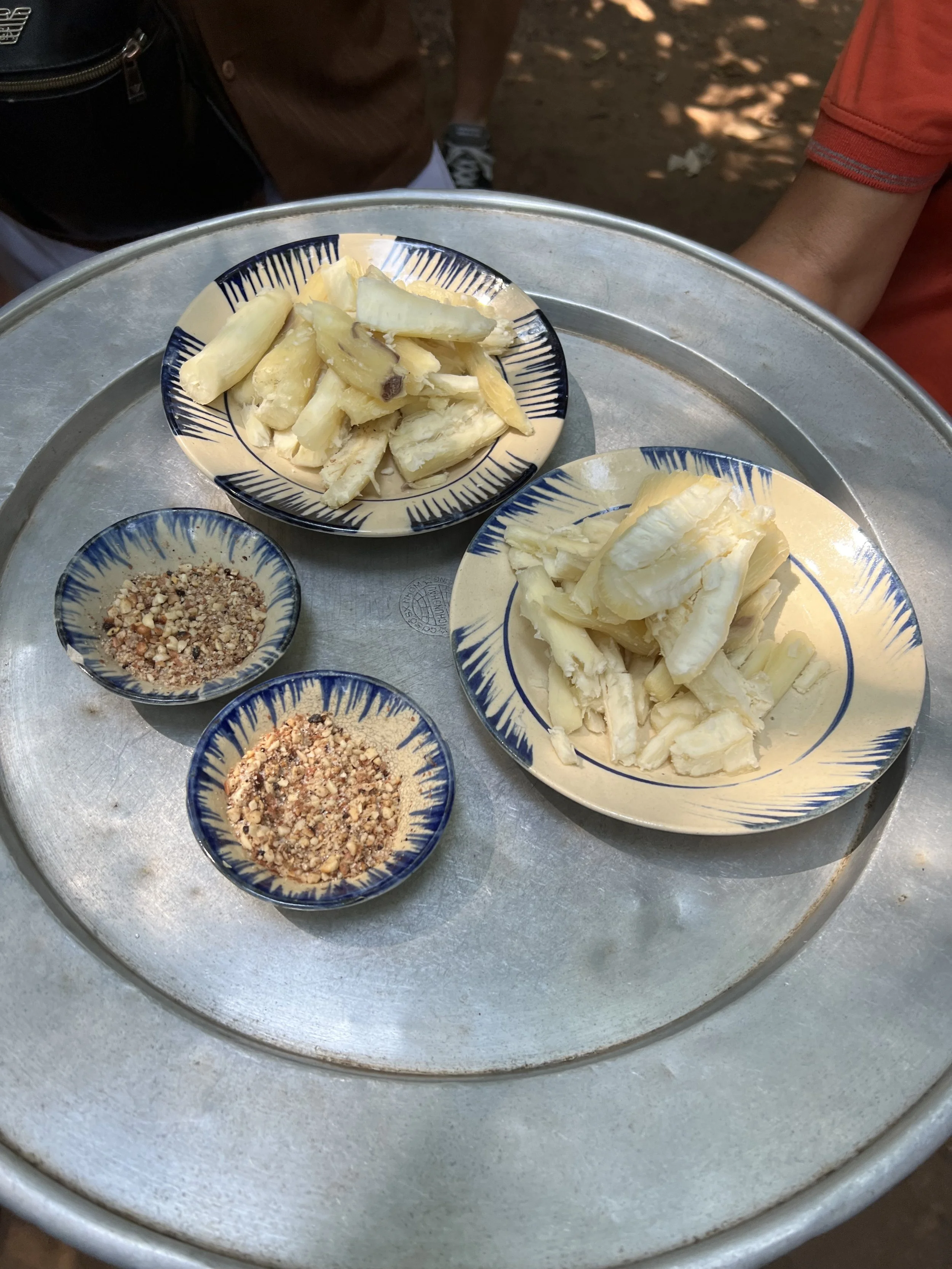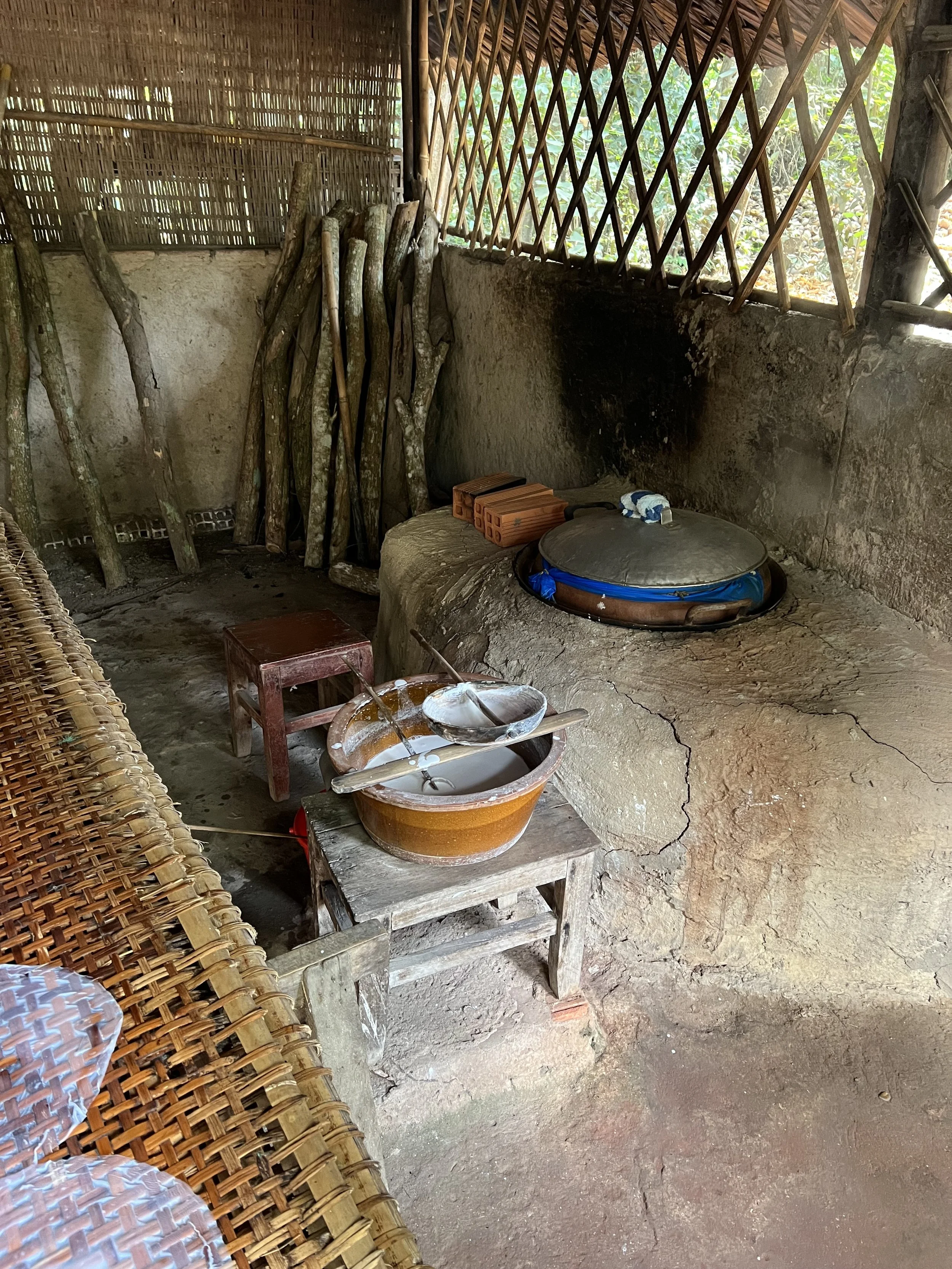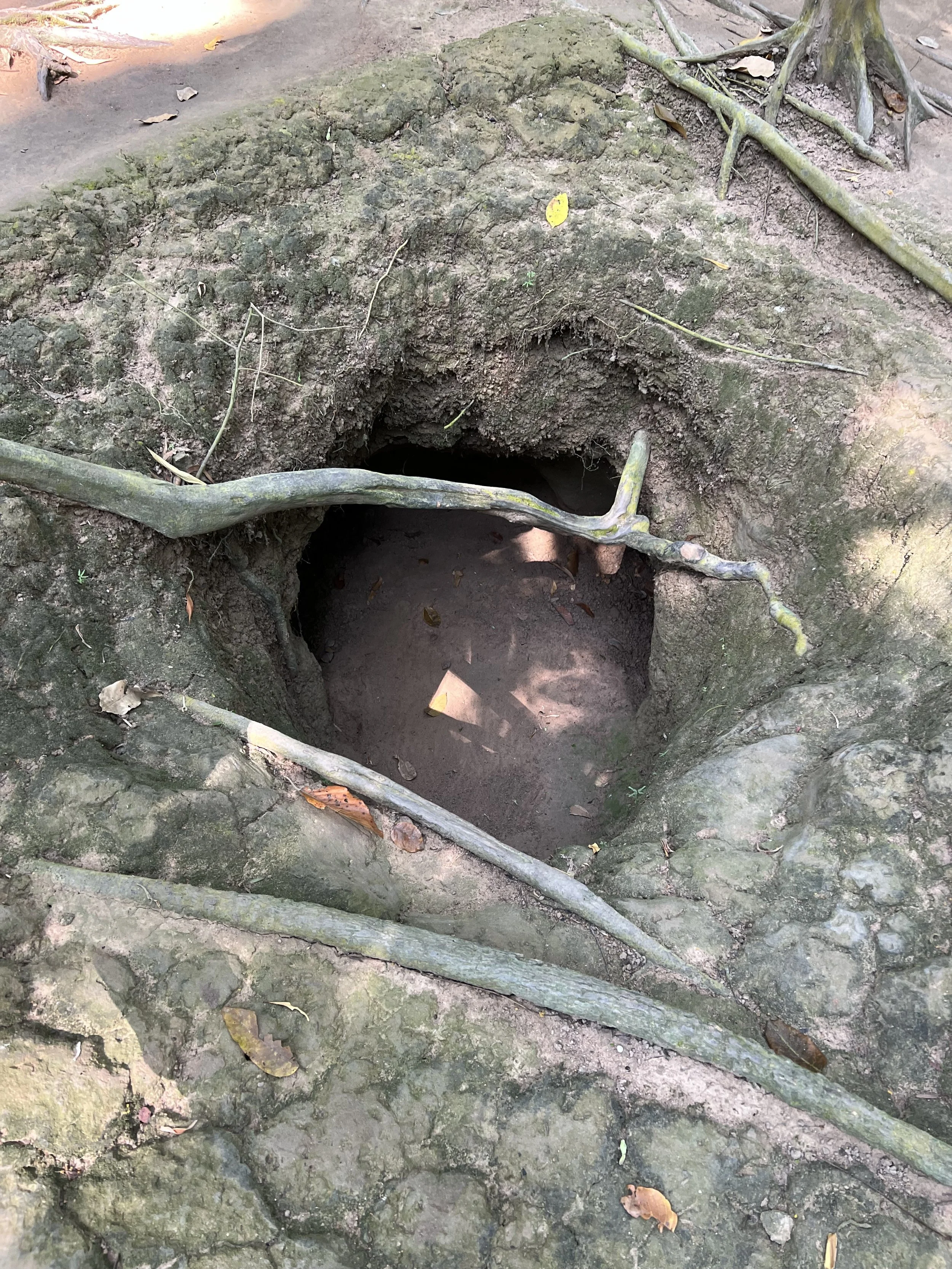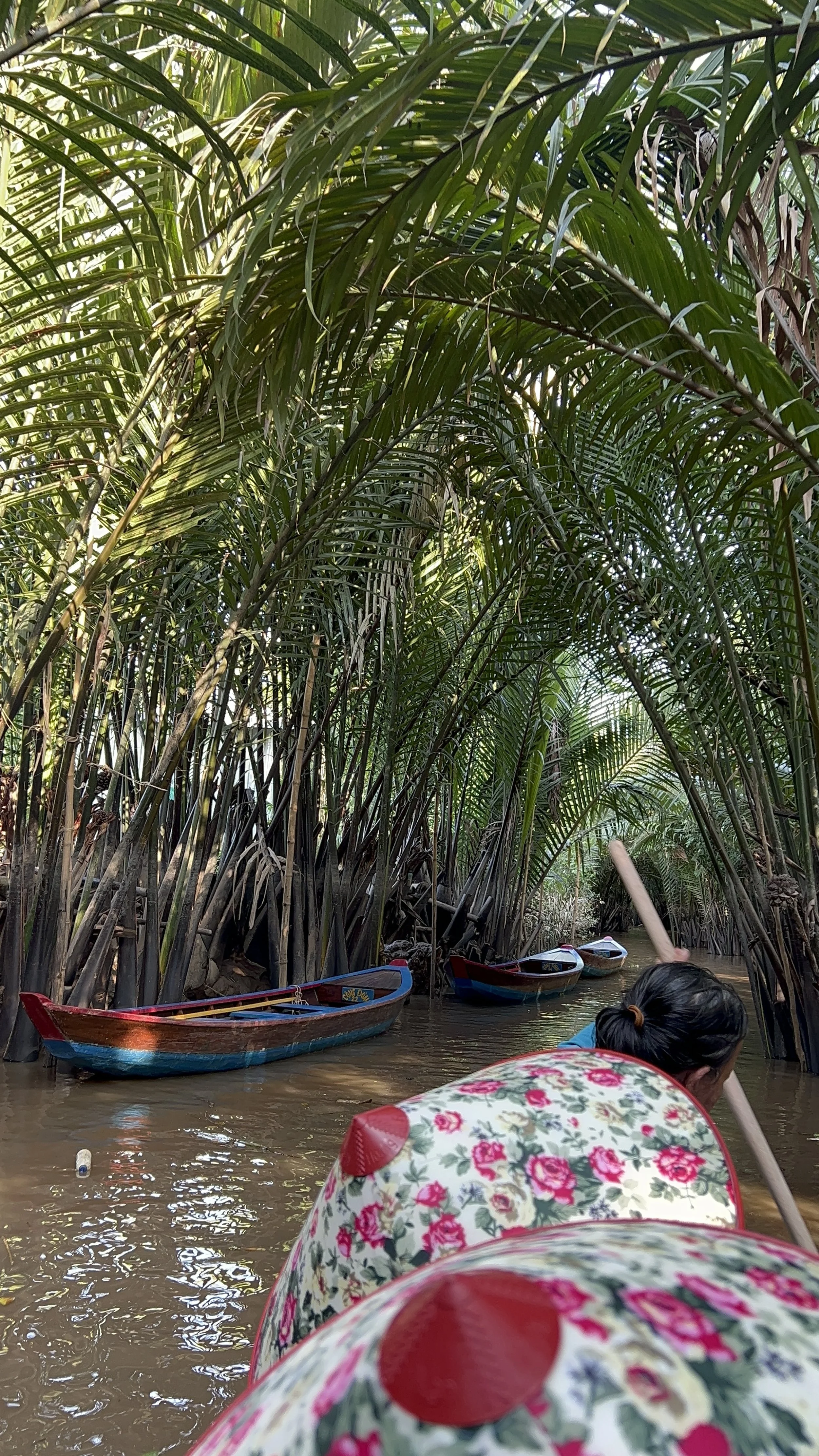From Tet Fireworks to Street Food: My Ho Chi Minh City Adventure
After soaking in the magic of Siem Reap, I hopped on a short Cambodia Angkor Air flight to my next stop: Ho Chi Minh City (HCMC), Vietnam. By this point in my travels, I was ready to slow down. Bangkok and Siem Reap had been fast-paced, and I craved a little quiet to reset.
I thought I’d found the perfect solution by staying in District 9, away from the hustle of the city. But as fate would have it, I arrived just in time for Vietnamese New Year (Tet), when much of the city shutters, families head to the countryside, and activities grind to a halt. If I could do it all again, I’d choose to stay in Districts 1, 3, 4, or Binh Thanh, where there’s more action even during the holiday slowdown. Still, we made the best of it and found some gems along the way.
Did You Know? Saigon vs. Ho Chi Minh City
You’ll probably hear locals use Saigon just as much as Ho Chi Minh City. The name Saigon comes from the city’s French colonial days and was used all the way through the Republic of Vietnam. After the war ended and the country was reunified, the city was officially renamed Ho Chi Minh City on July 2, 1976, to honor Vietnam’s revolutionary leader.
Still, for many people, Saigon feels like the heart of the city, especially when talking about the central districts. It’s a nickname that stuck, and one you’ll hear everywhere while you’re here.
Ringing in the New Year
Tet is Vietnam’s most important holiday, marking the Lunar New Year. Many families gather together, honor their ancestors, and often return to their hometowns. The celebration usually falls in late January or early February, depending on the lunar calendar, and lasts about a week. During this time, many shops, restaurants, and businesses close while the city takes on a festive but quiet atmosphere; some parts of the city were a ghost town. The upside? Beautiful fireworks, flower markets, and a chance to see what is typically a fast-paced and bustling city slow down. The downside? Less availability of services and fewer activities if you’re hoping for a busy itinerary.
City Views and Culture
Blank Sky Lounge at Landmark 81: A cocktail with a view. From this rooftop bar, you get an expansive, bird’s-eye look at the city glittering at night.
Hop-On Hop-Off Bus Tour: Yes, I played tourist, and I don’t regret it. The stops included the Independence Palace, War Remnants Museum, Ben Thanh Market, and Saigon Central Post Office. By the end of the day, my feet ached, but the experience was worth every step.








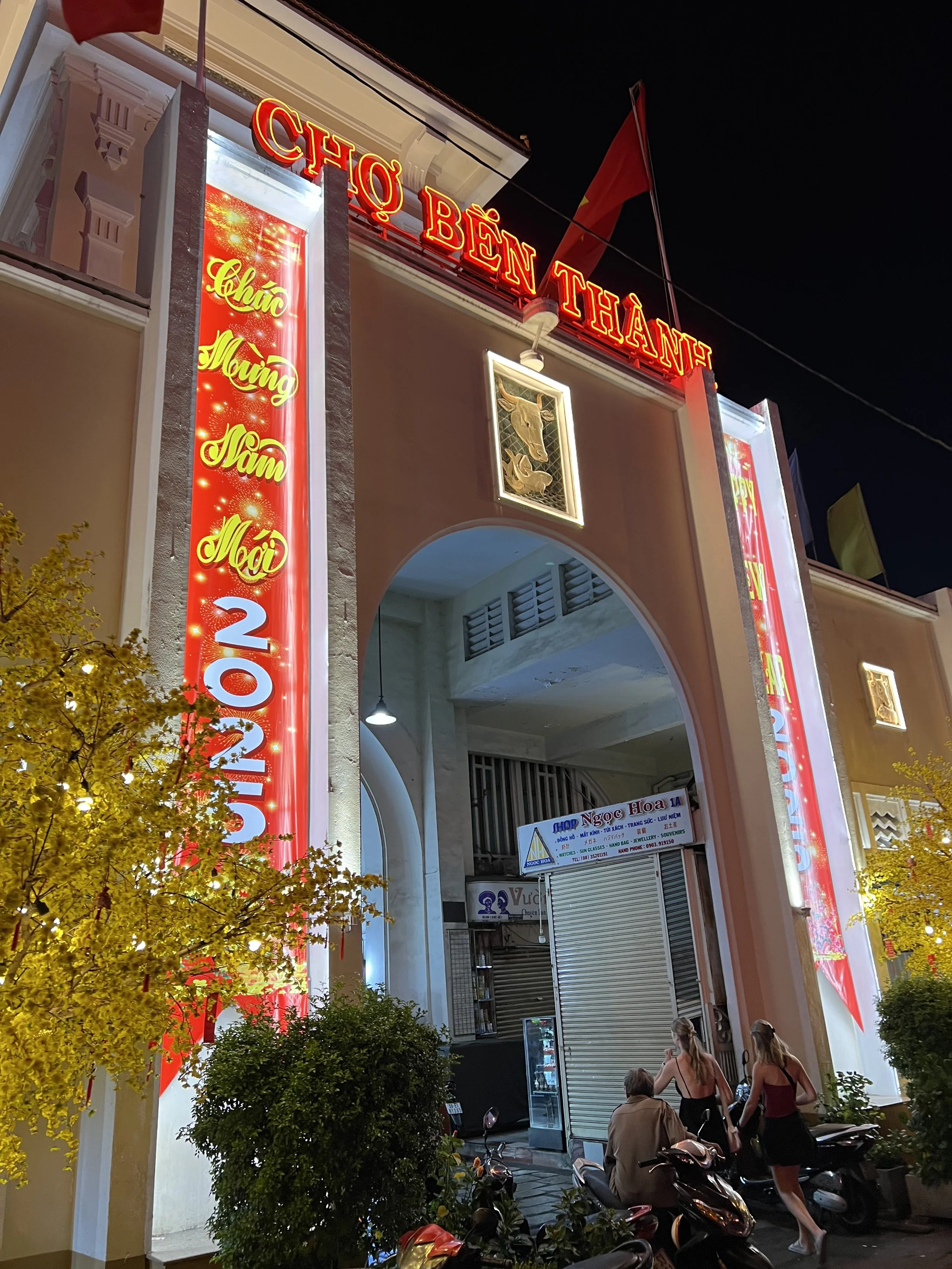
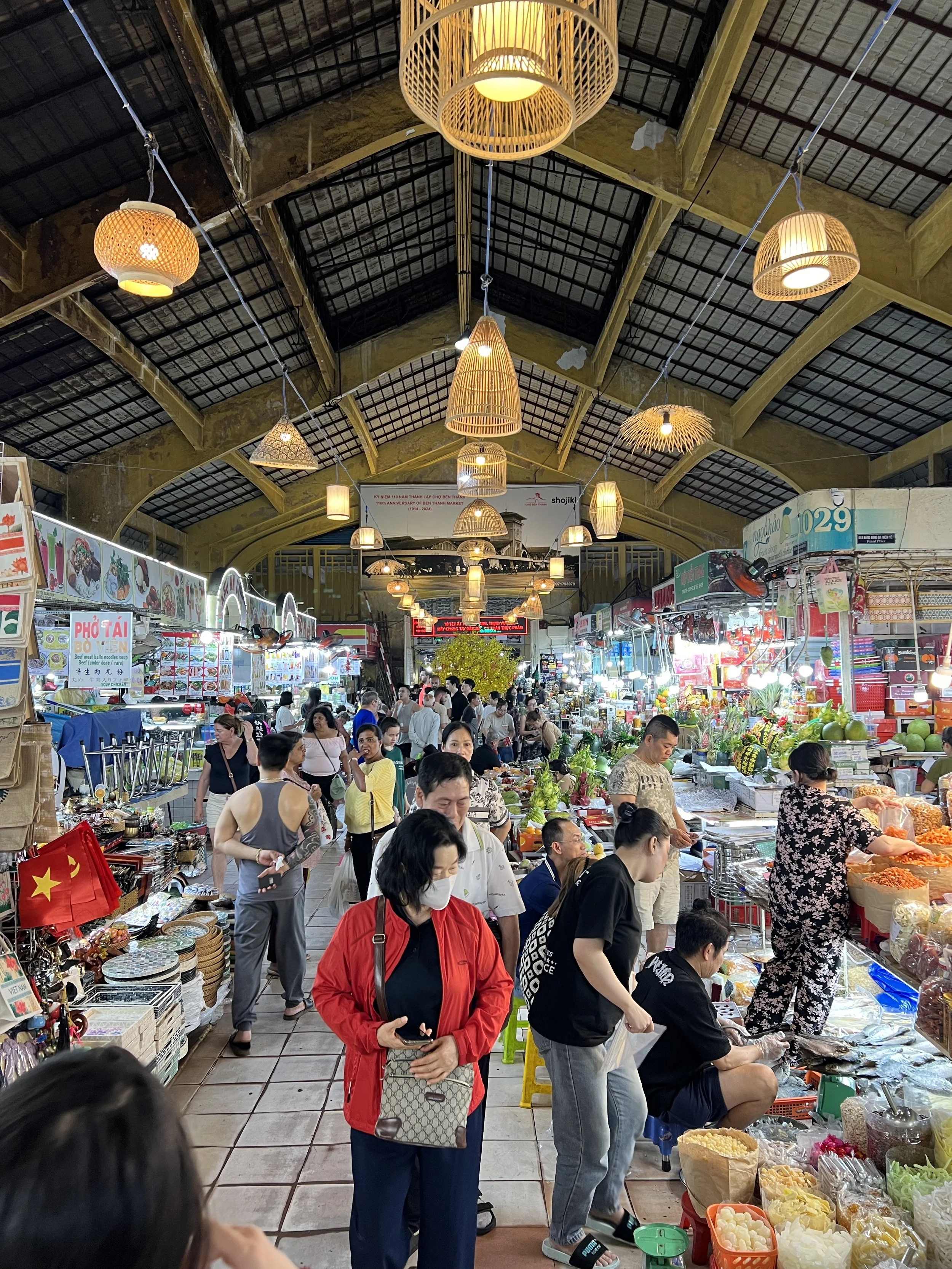



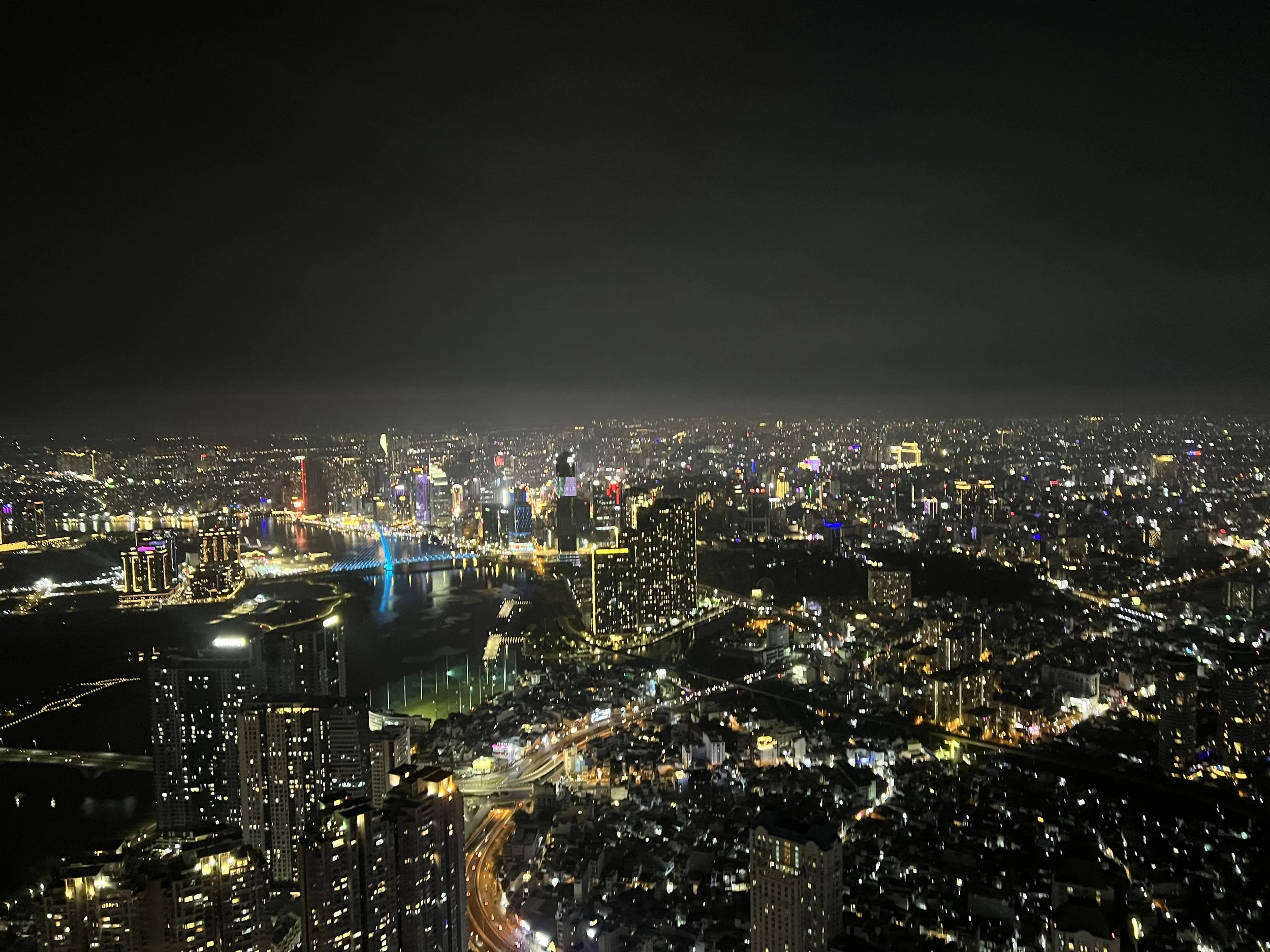
A Note on the War Remnants Museum: This was by far the most gut-wrenching and somber part of my trip. Walking through the exhibits and learning more about the Vietnam War, and particularly the depth of U.S. involvement beyond what I was taught in school. It left me feeling very heavy. Honestly speaking, I felt incensed. I still encourage everyone to go, take it in fully, and reflect. But do yourself a kindness and plan something lighthearted afterward, even if it’s as simple as going for ice cream or wandering a market, to balance the emotional weight.
Cafés and Eats
Ho Chi Minh City has a buzzing food and café culture, and I dove right in:
The Café Apartment: A café lover’s dream. This multi-story building is packed with coffee shops, restaurants, and boutiques. We ended up at Good Day Café on the very top floor. Be prepared for some stair-climbing before your latte.
The Melbourne Café: A modern brunch spot with a fresh menu that reminded me of home.
NOB Natural Wine Bar: Tucked away in an alley, this cozy spot is perfect for sipping vino after a day of exploring.
Soul Ben Thanh Restaurant & Bar: Trendy and a little touristy, but tasty enough to earn a spot on the list.
Ben Nghe Street Food: Just steps away from the Independence Palace and War Remnants Museum. I treated myself to dim sum from an incredible vendor, followed by ice cream.
Taco Del Sol: Because no matter where I am, I search for Mexican food. Their tacos and margaritas hit the spot, even if the prices were higher than local eats.
Pizza 4P’s: A local favorite with a cult following. Their wood-fired pizzas are made with house-crafted cheese, and it’s the perfect spot when you need a break from Vietnamese food but still want quality flavors.
Backpacker’s Street: The ultimate people-watching strip. Think bars, dance clubs, and men casually strolling around with pythons on their shoulders. Yes, really.


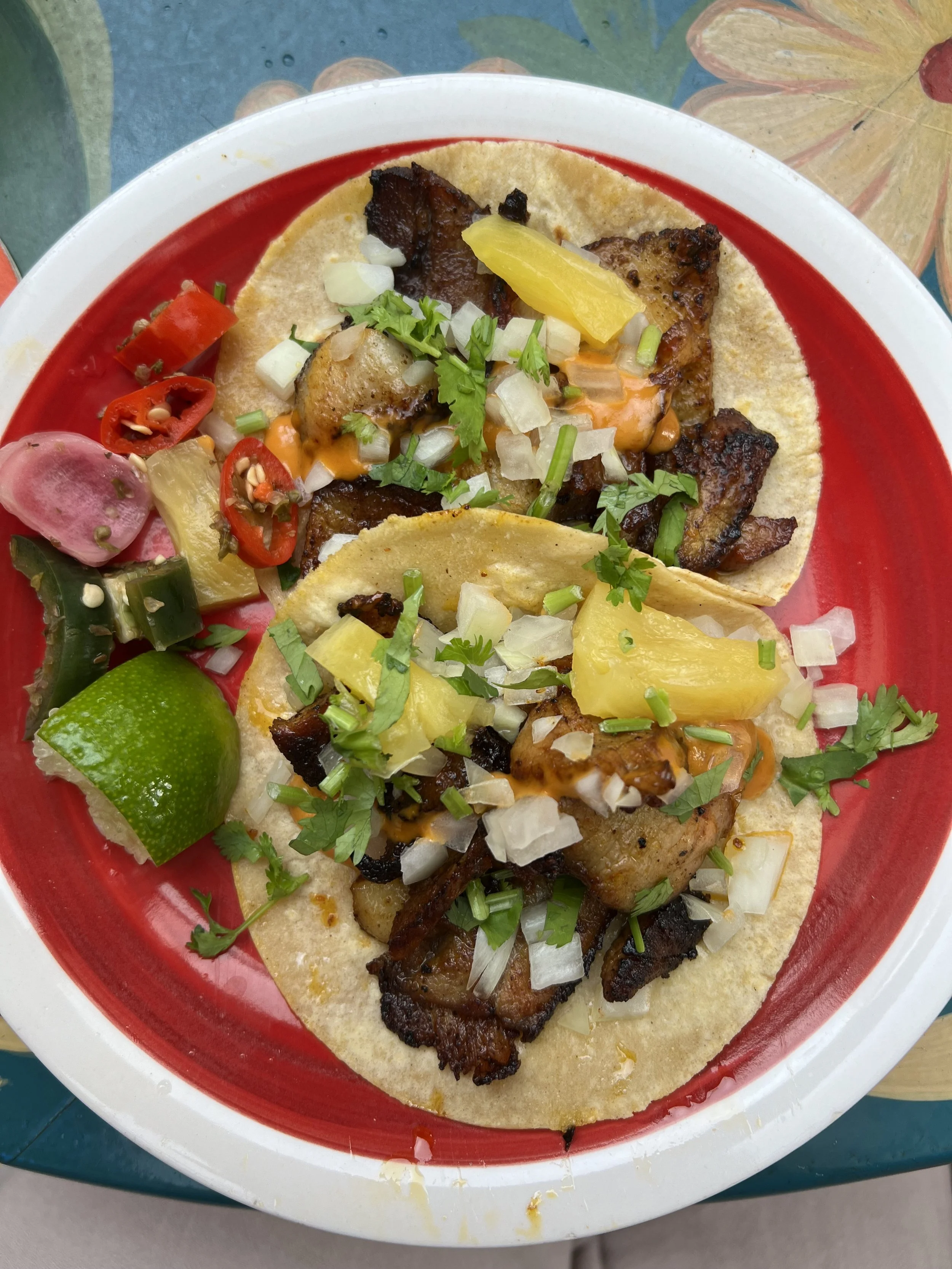

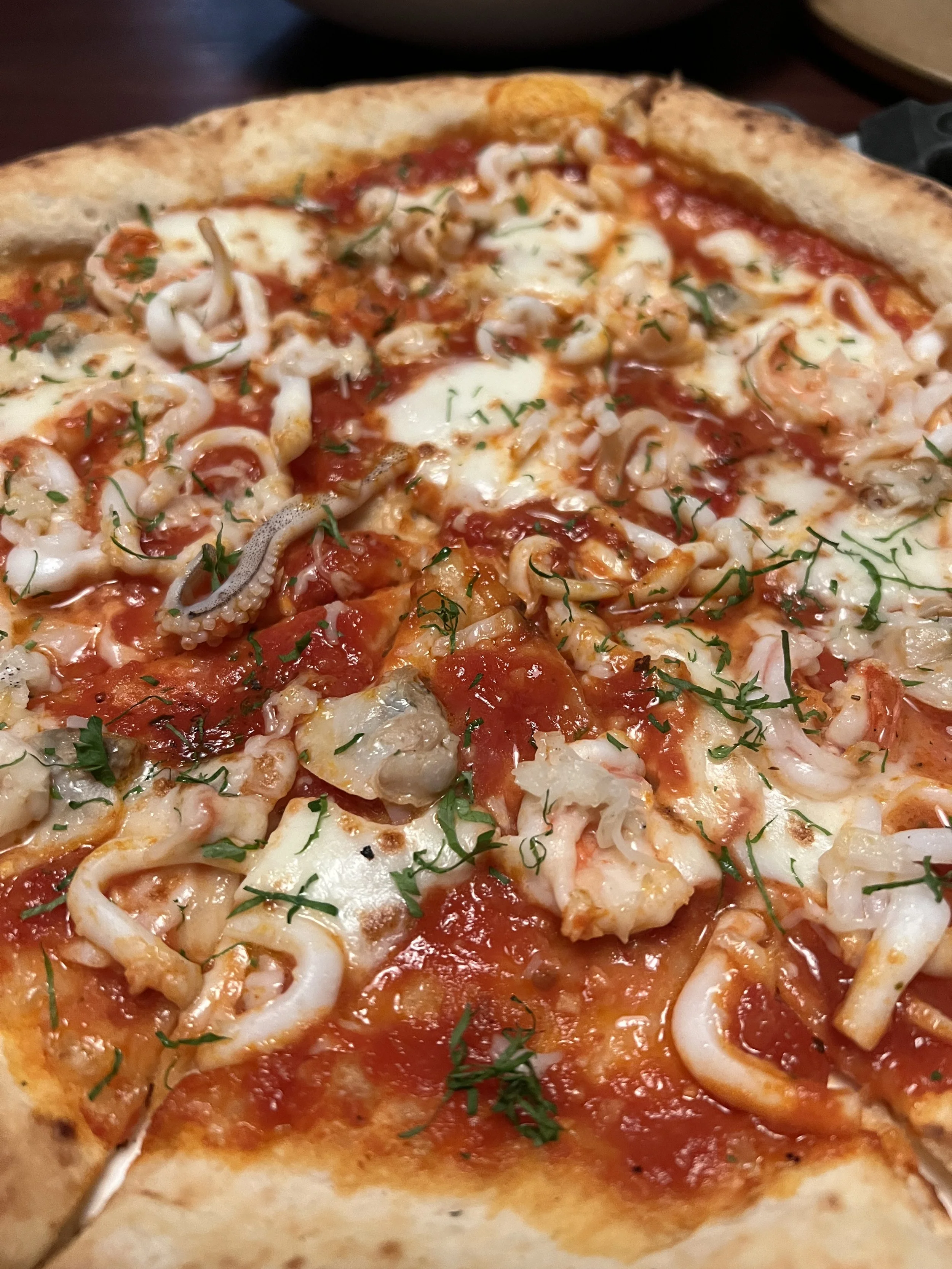
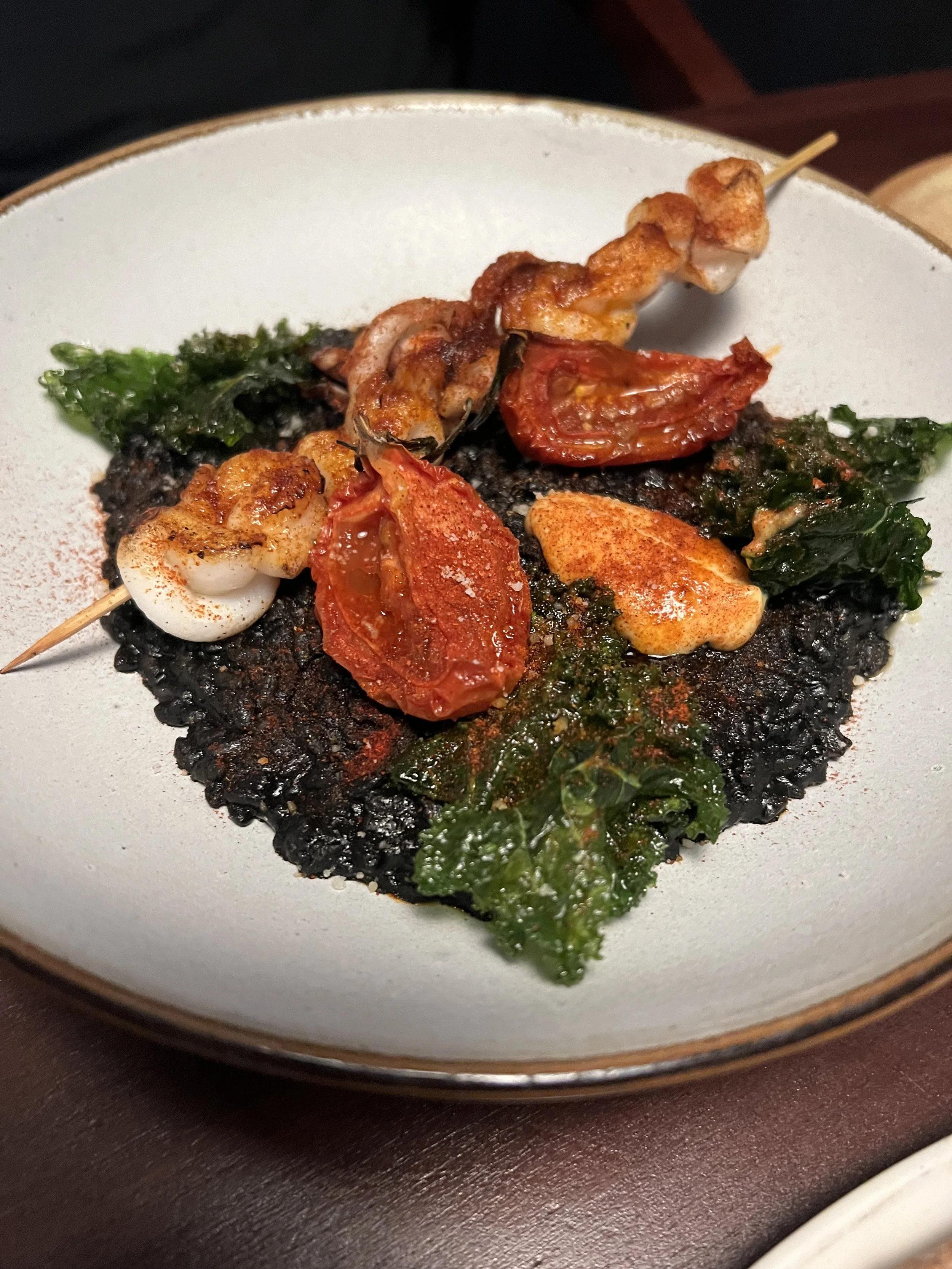
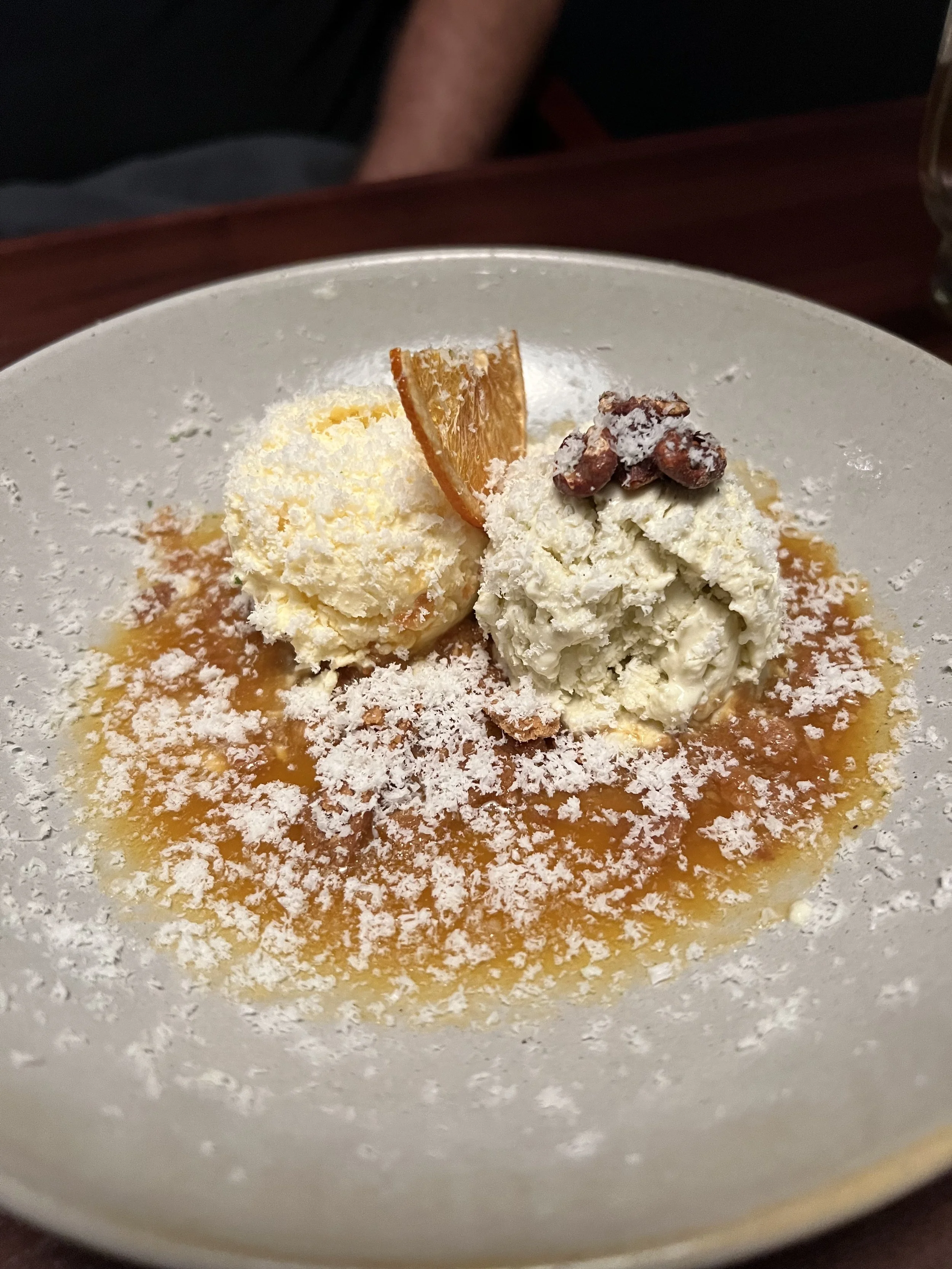
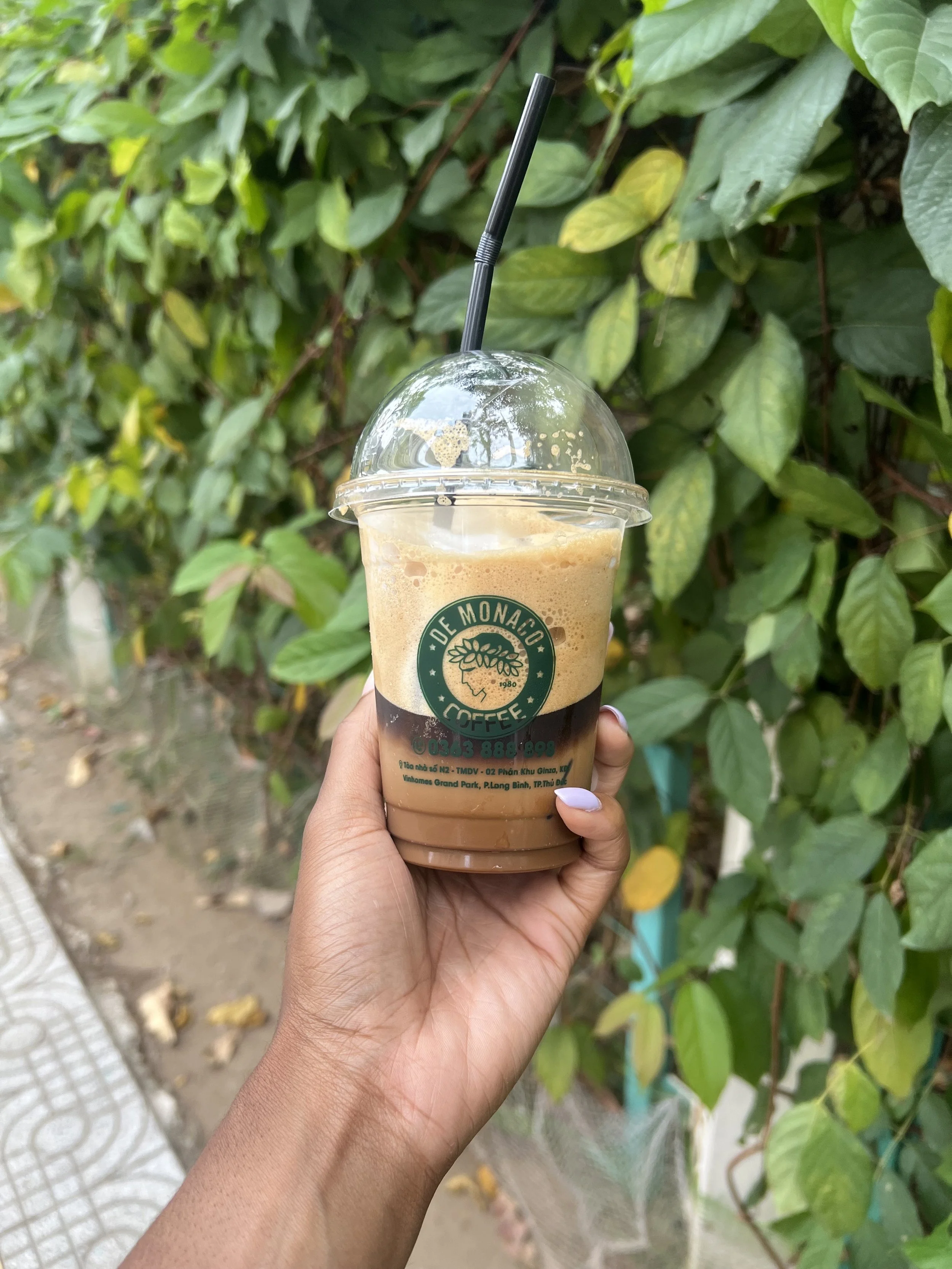
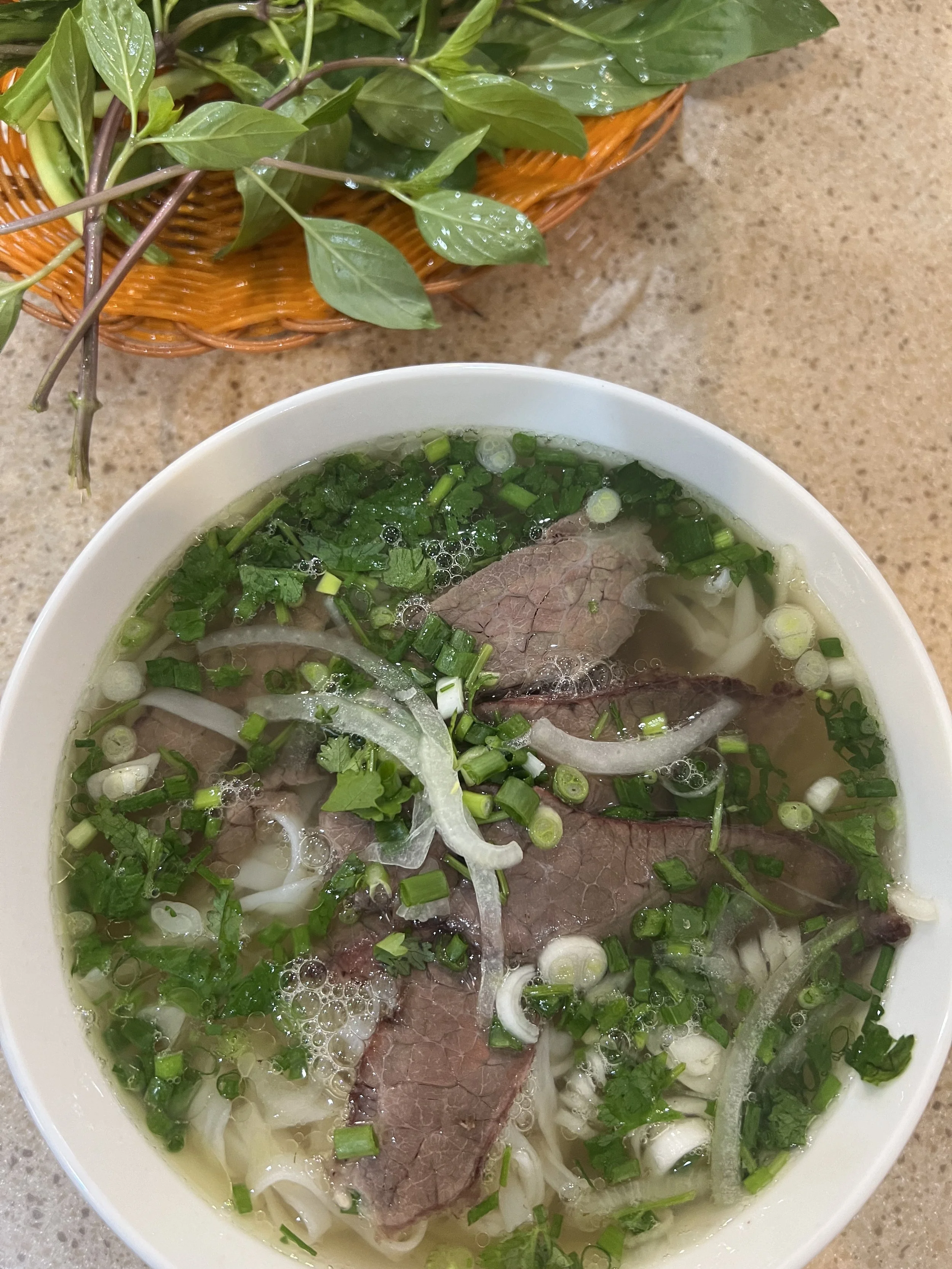
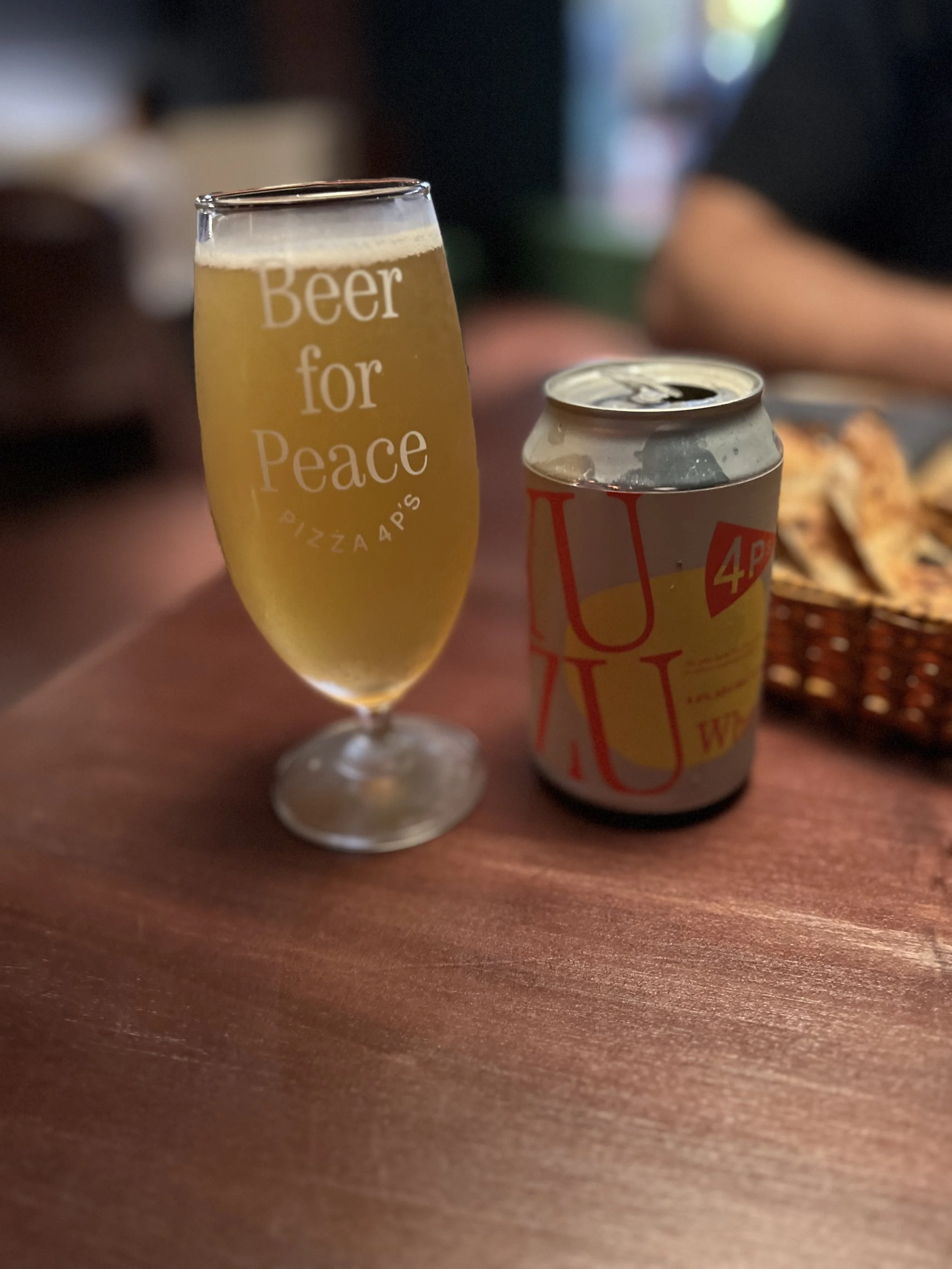
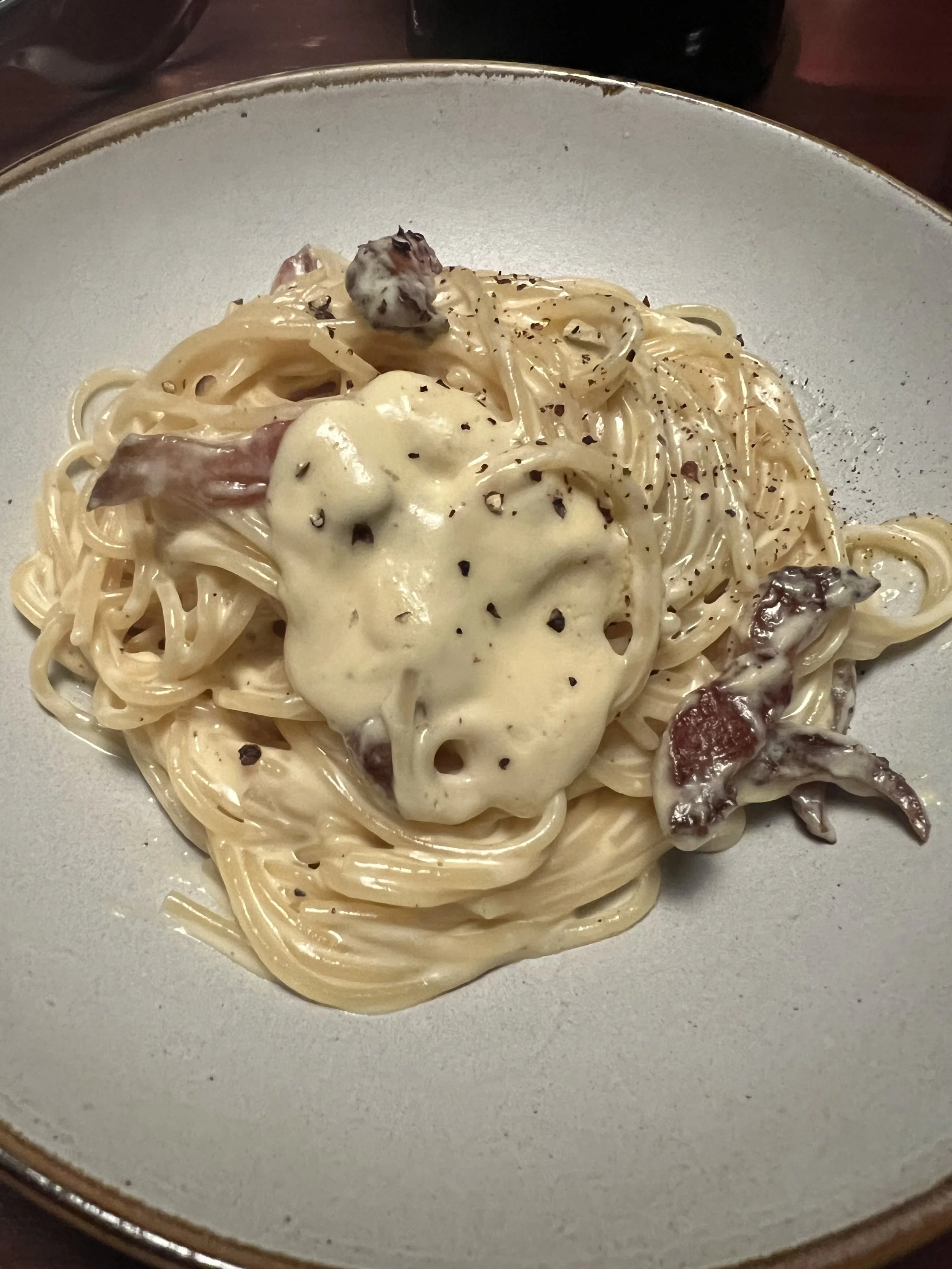
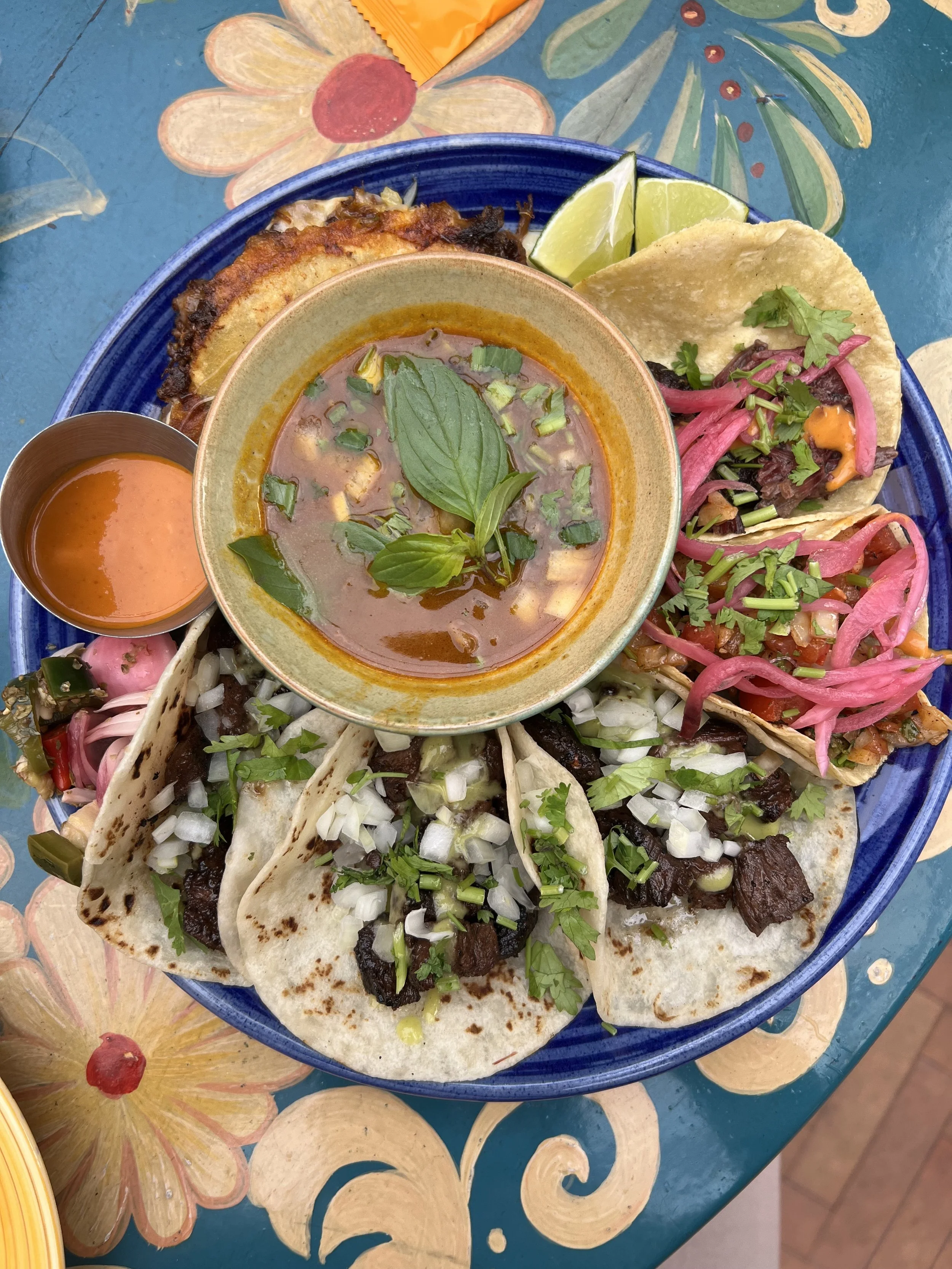
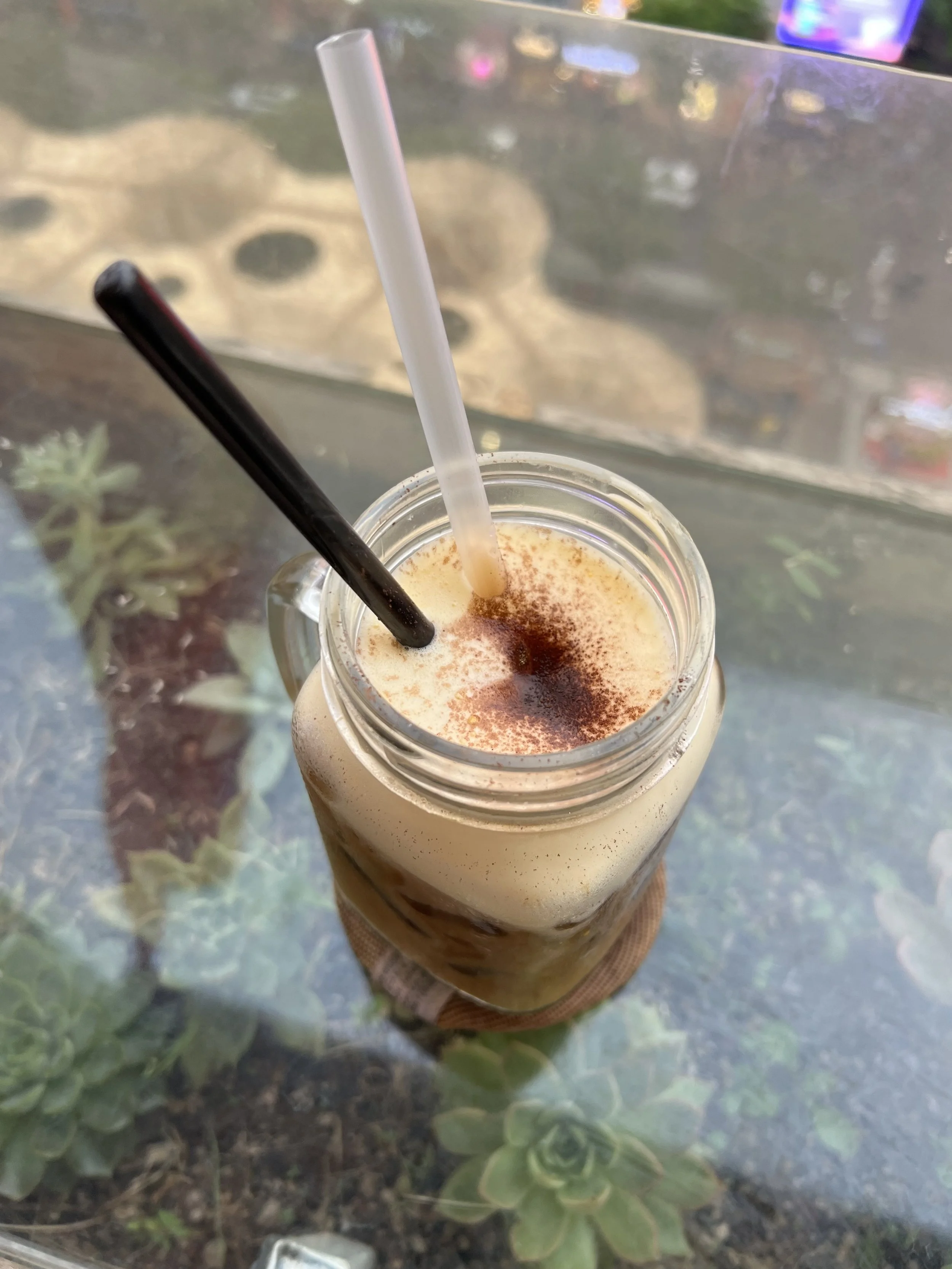
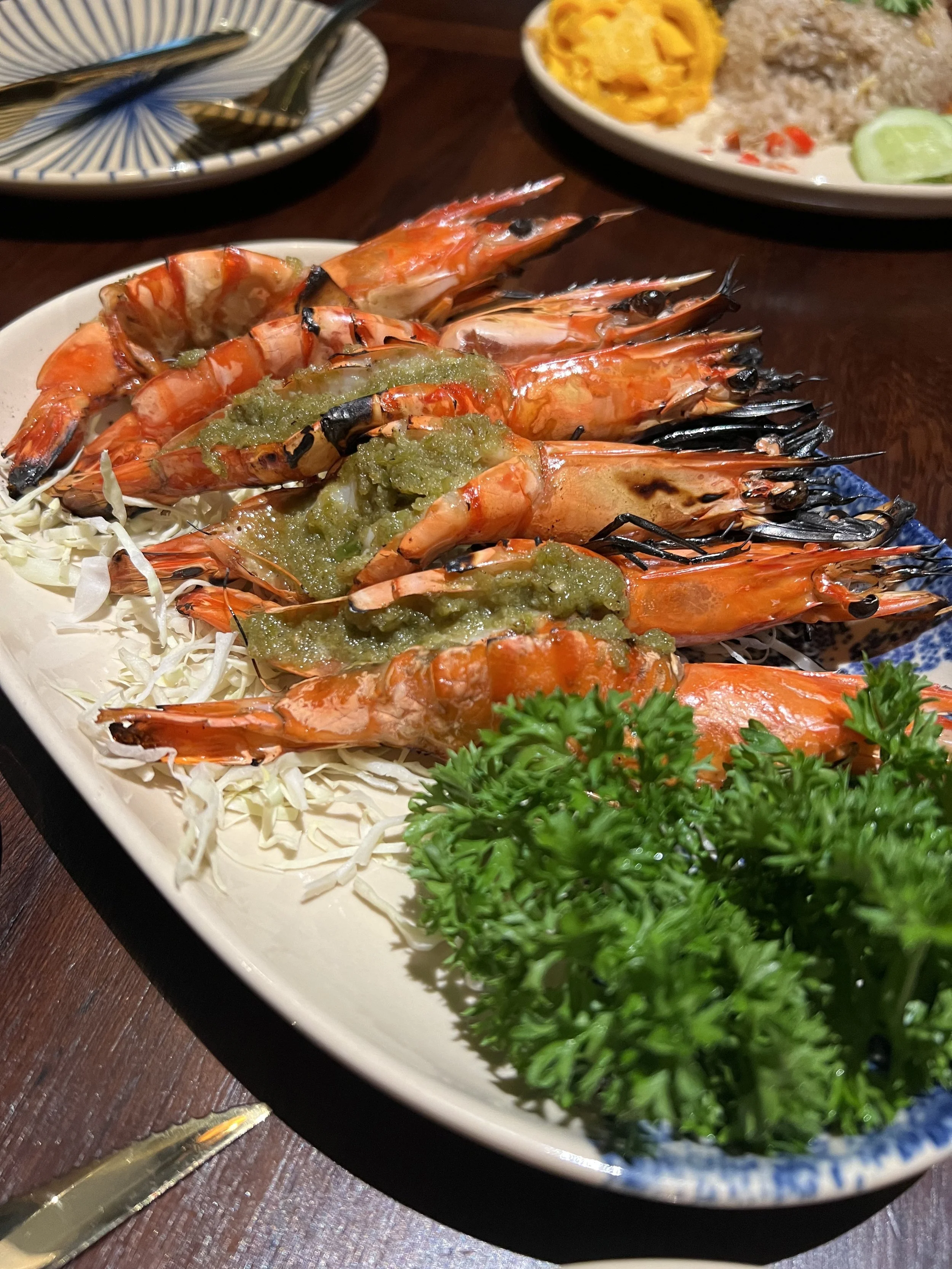
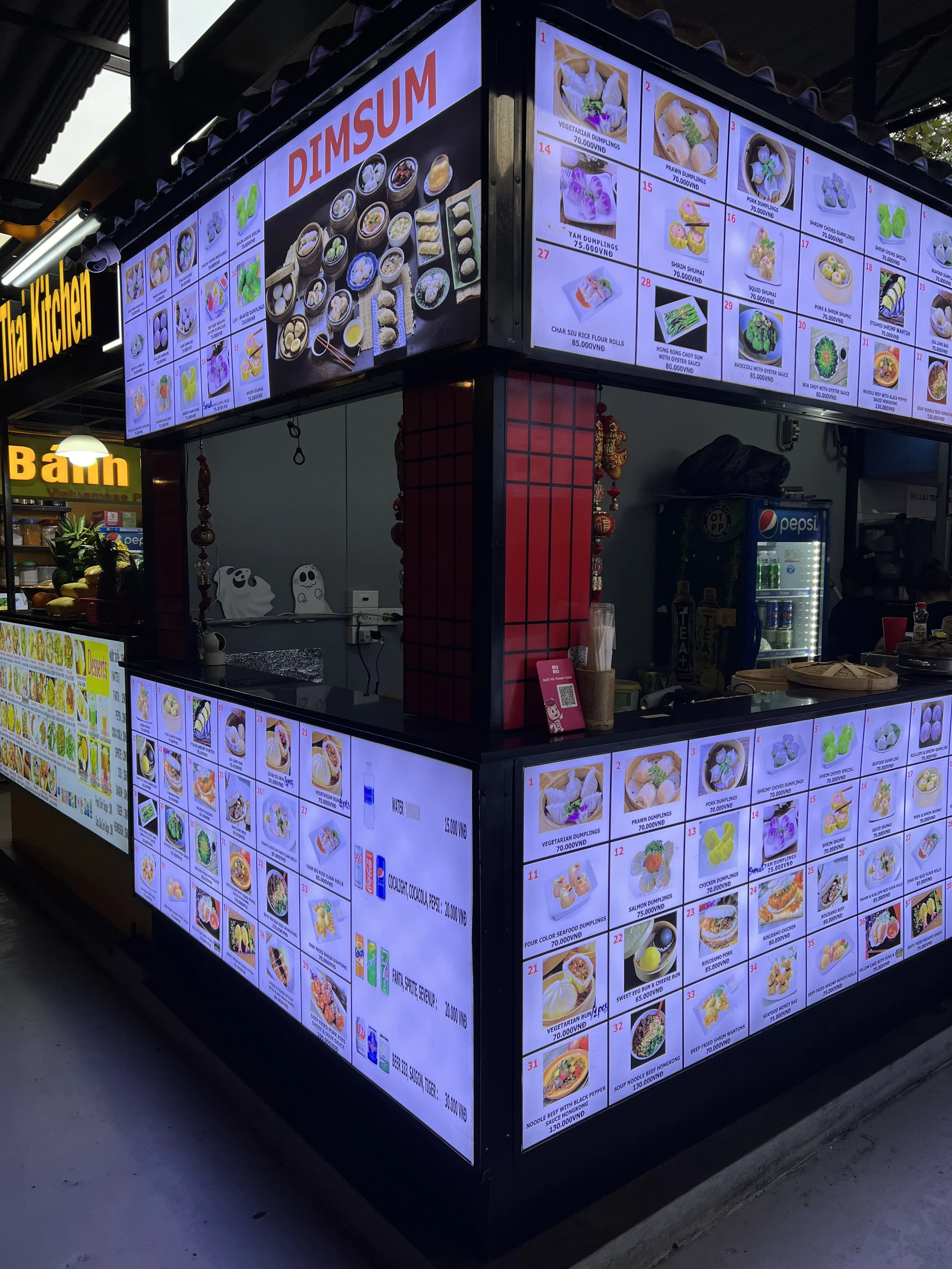
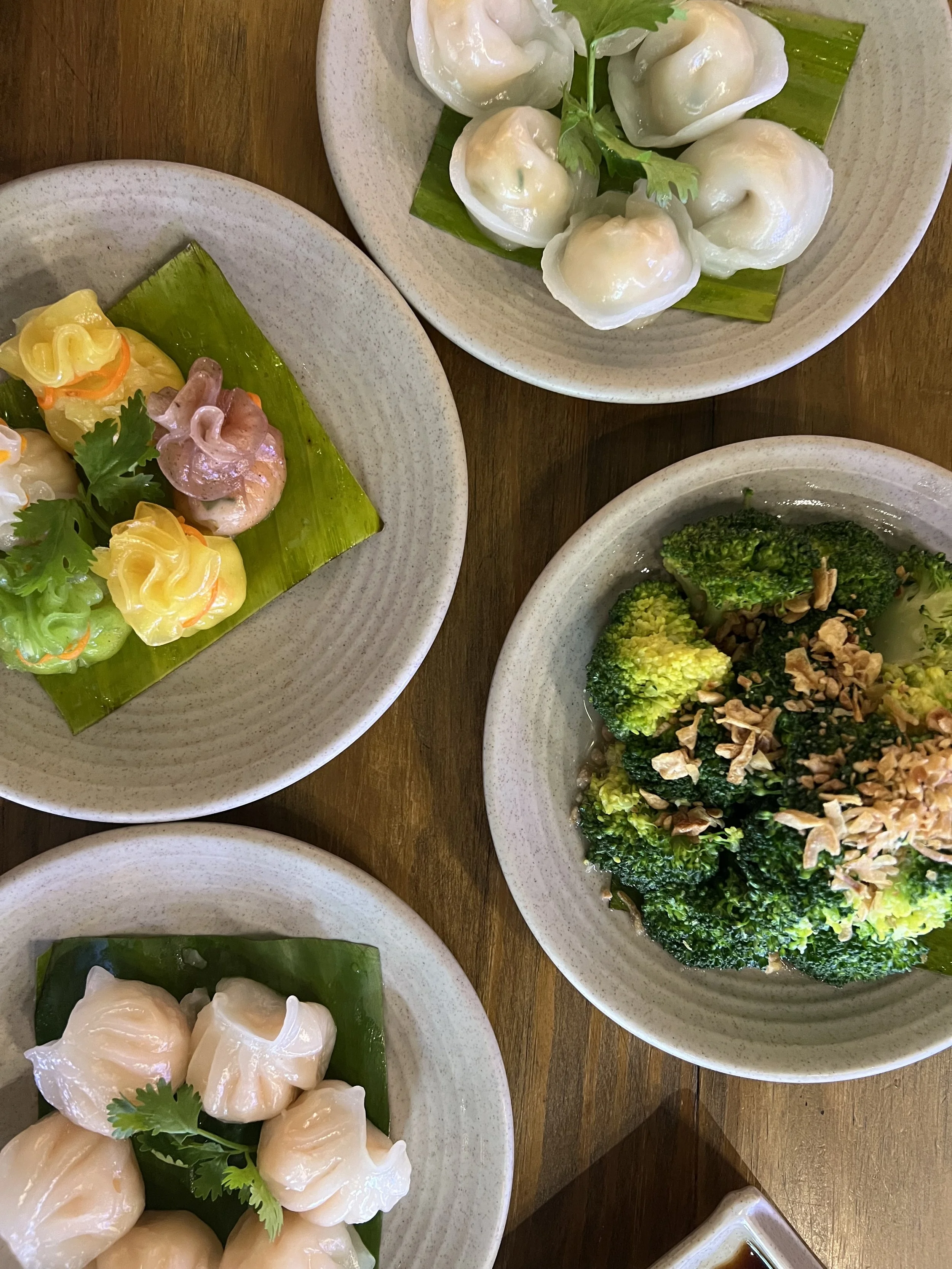
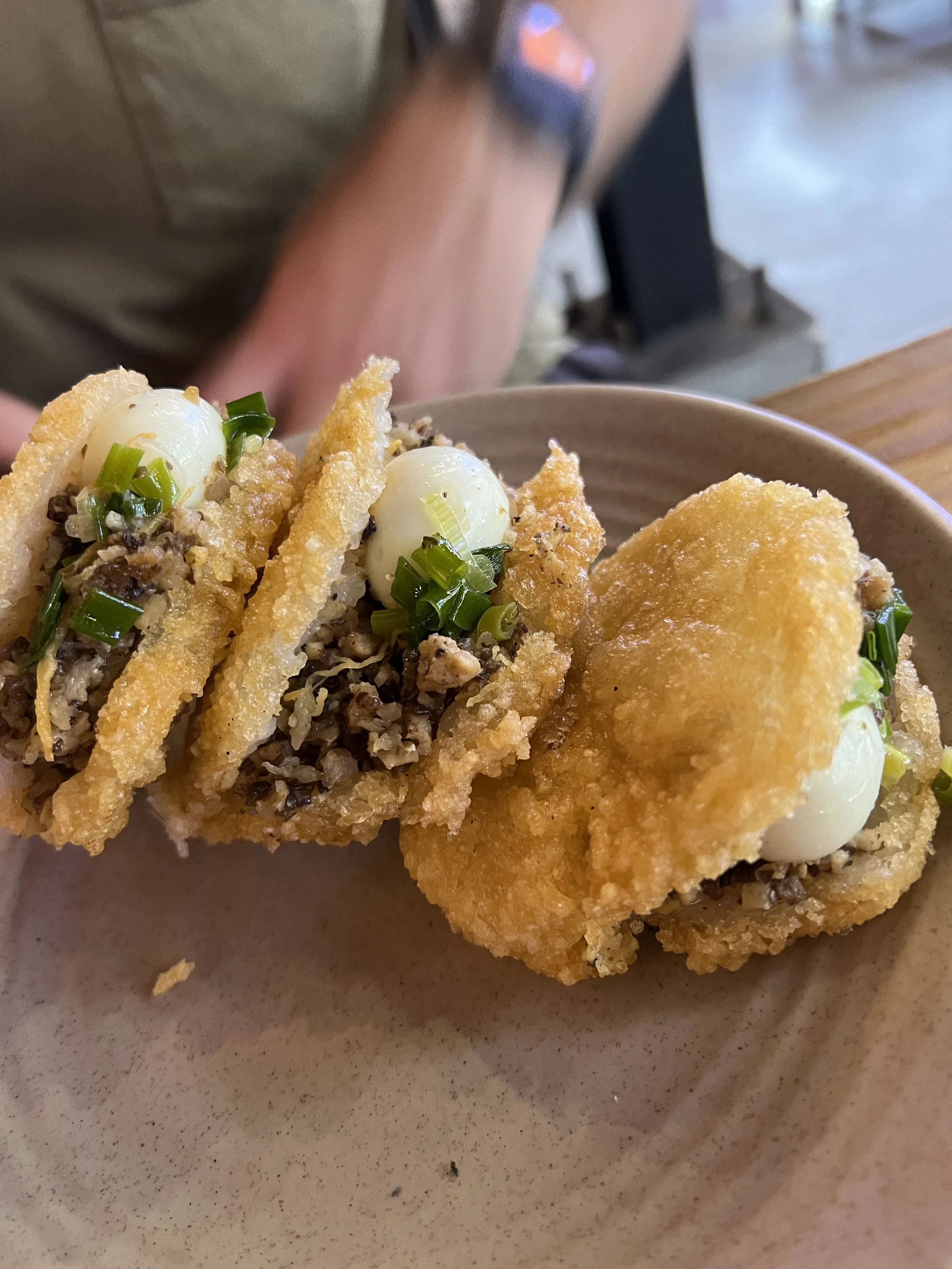
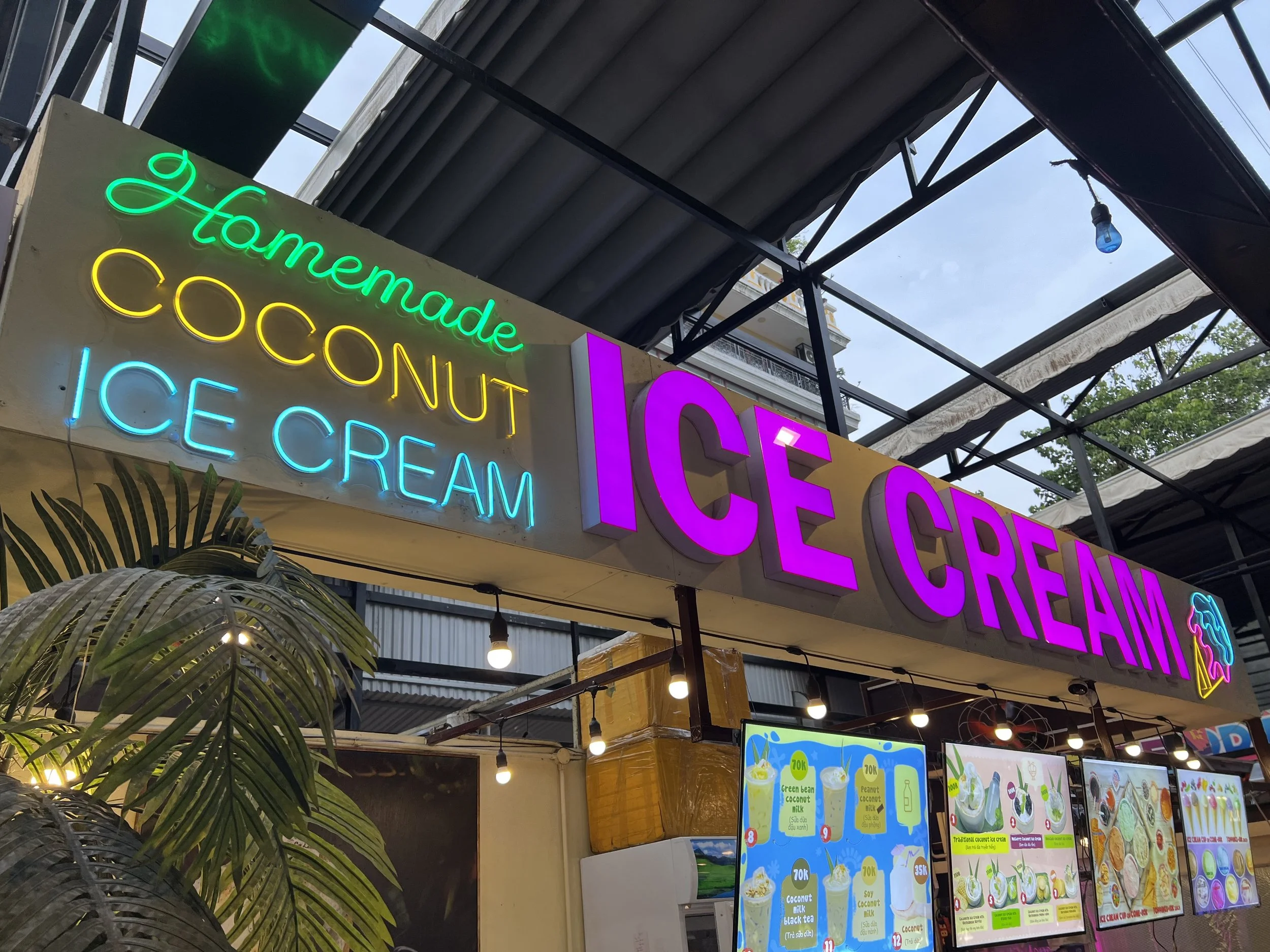
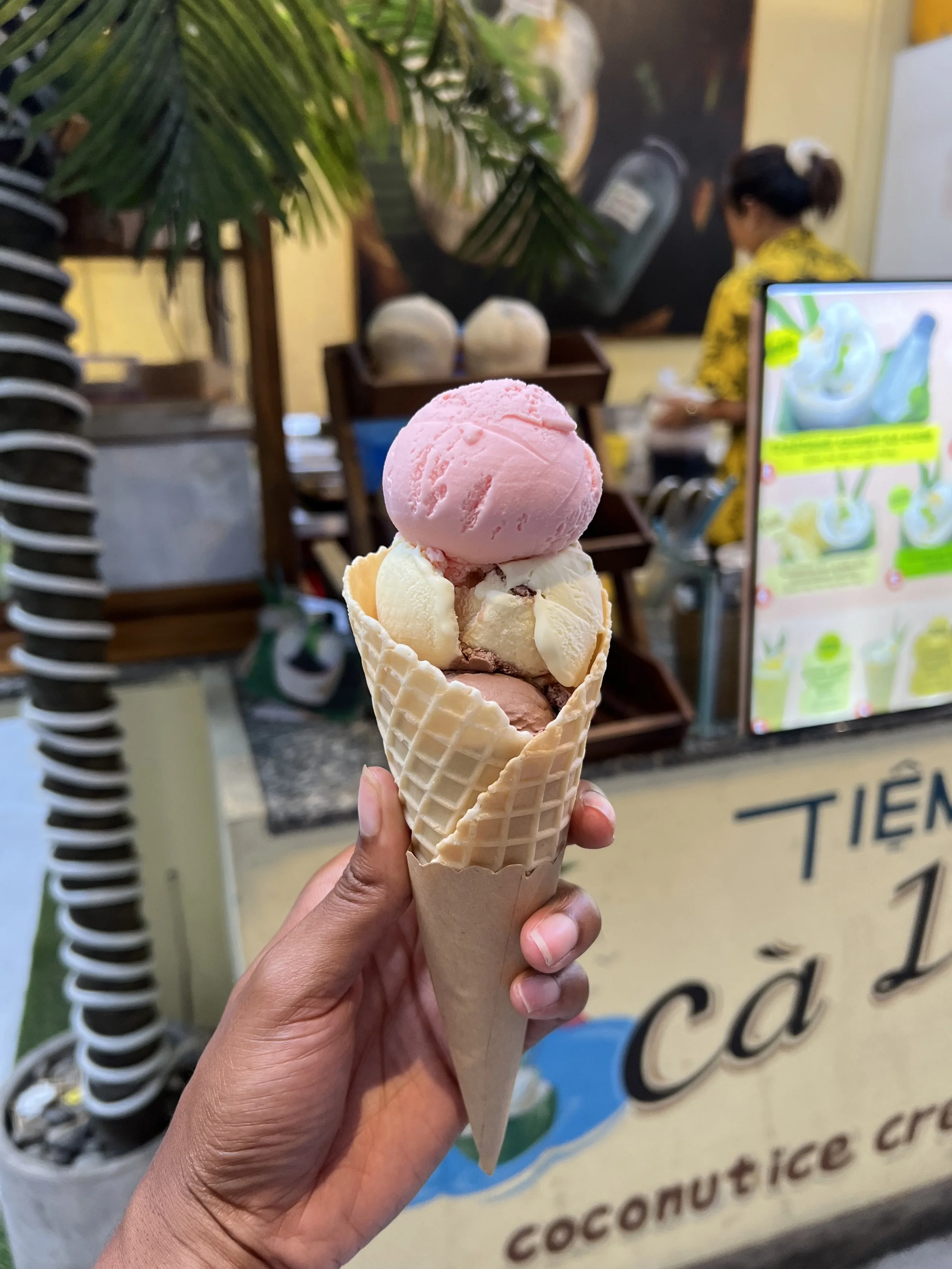
A Day Trip to Remember
To wrap up my stay, I booked a day trip to the Cu Chi Tunnels through GetYourGuide (my go-to). The tunnels are part of a massive underground network used during the Vietnam War, stretching for hundreds of kilometers and once serving as hiding spots, supply routes, and even living quarters for soldiers.
Walking through the site, I was struck by the sheer resilience it took to live and survive in those conditions. And then came the part I had been dreading: crawling into the tunnels themselves. Tight, dark, and narrow, they pushed me right up against my fear of small spaces. It was equal parts terrifying and eye-opening, but it gave me a deeper sense of respect for the history sown into Vietnam’s landscape.
The day didn’t end there. I found myself holding a snake far larger than I ever thought I’d touch, and later, sipping on a fresh coconut as we floated along the Mekong River. It was a day of contrasts, discomfort, awe, and joy that reminded me why travel is worth every step outside your comfort zone.
Practical Tips for Ho Chi Minh City
Where to Stay: For first-timers, Districts 1, 3, 4, or Binh Thanh are the most convenient, especially if you want to be close to restaurants, nightlife, and key attractions. Avoid District 9 unless you specifically want peace and distance from the city center.
Traveling During Tet (Vietnamese New Year): If your trip overlaps with Tet (late January or early February, depending on the lunar calendar), expect many shops, restaurants, and businesses to close. The upside? Fireworks, festive energy, and quieter streets.
Visas: Vietnam requires most travelers to apply for an e-visa before entry. The process is straightforward online through the official government portal, and the e-visa is typically valid for 30 days, single entry. Apply at least 1–2 weeks in advance, and print a copy to present at immigration.
Weather and Climate: Expect it to be hot, humid, and very sunny in February. Pack lightweight clothing and stay hydrated.
Air Quality: I was not prepared for the level of pollution in HCMC. I recommend downloading the IQAir AirVisual app to check air quality daily (and even throughout the day). On some days, the levels rise high enough that you’ll want to wear a mask when outside.
Getting Around: Grab (the Southeast Asia ride-hailing app) is widely available and much easier than haggling with taxis.
Final Reflections
Ho Chi Minh City struck me as a place where the modern and historic coexist. On the surface, it may feel like a bustling city without much soul. But once you dig deeper into its cafés, its history, its street food, and its people, you realize it holds a layered story of resilience and renewal.
Next stop: Hanoi, Vietnam! If HCMC was all warmth, fireworks, and rooftop cocktails, Hanoi was the complete opposite. Think very cold days, hot tea, and me instantly questioning every packing decision. More on that adventure soon!
